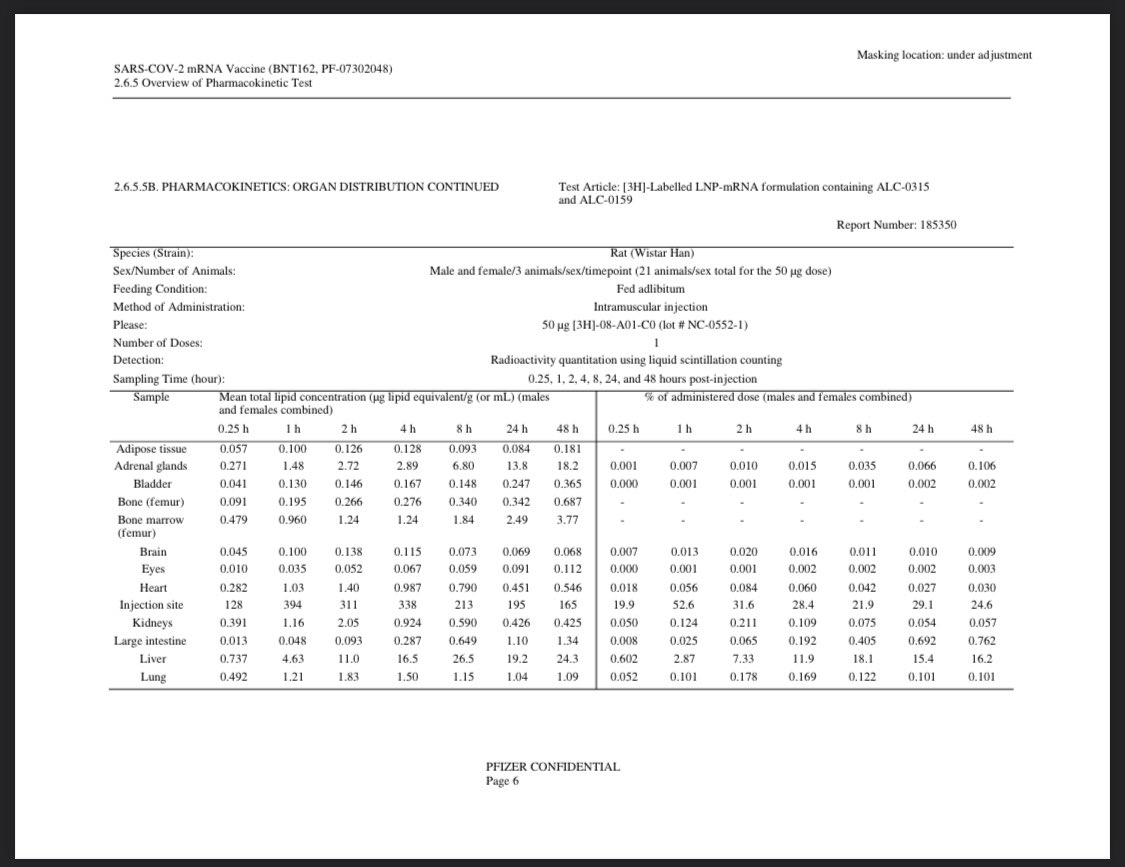
“[In] July, the effectiveness against infection was considerably lower for mRNA-1273 (76%, 95% CI: 58-87%) with an even more pronounced reduction in effectiveness for BNT162b2 (42%, 95% CI: 13-62%).”
Moderna is holding up better than Pfizer against COVID.
medrxiv.org/content/10.110…
Moderna is holding up better than Pfizer against COVID.
medrxiv.org/content/10.110…
“mRNA-1273 conferred a
two-fold risk reduction against breakthrough infection compared to BNT162b2 (IRR = 0.50, 95% CI: 0.39-0.64).”
two-fold risk reduction against breakthrough infection compared to BNT162b2 (IRR = 0.50, 95% CI: 0.39-0.64).”
Notably, both vaccines still protect against hospitalization and virtually eliminate the risk of death. 

h/t @docdanmd
• • •
Missing some Tweet in this thread? You can try to
force a refresh







